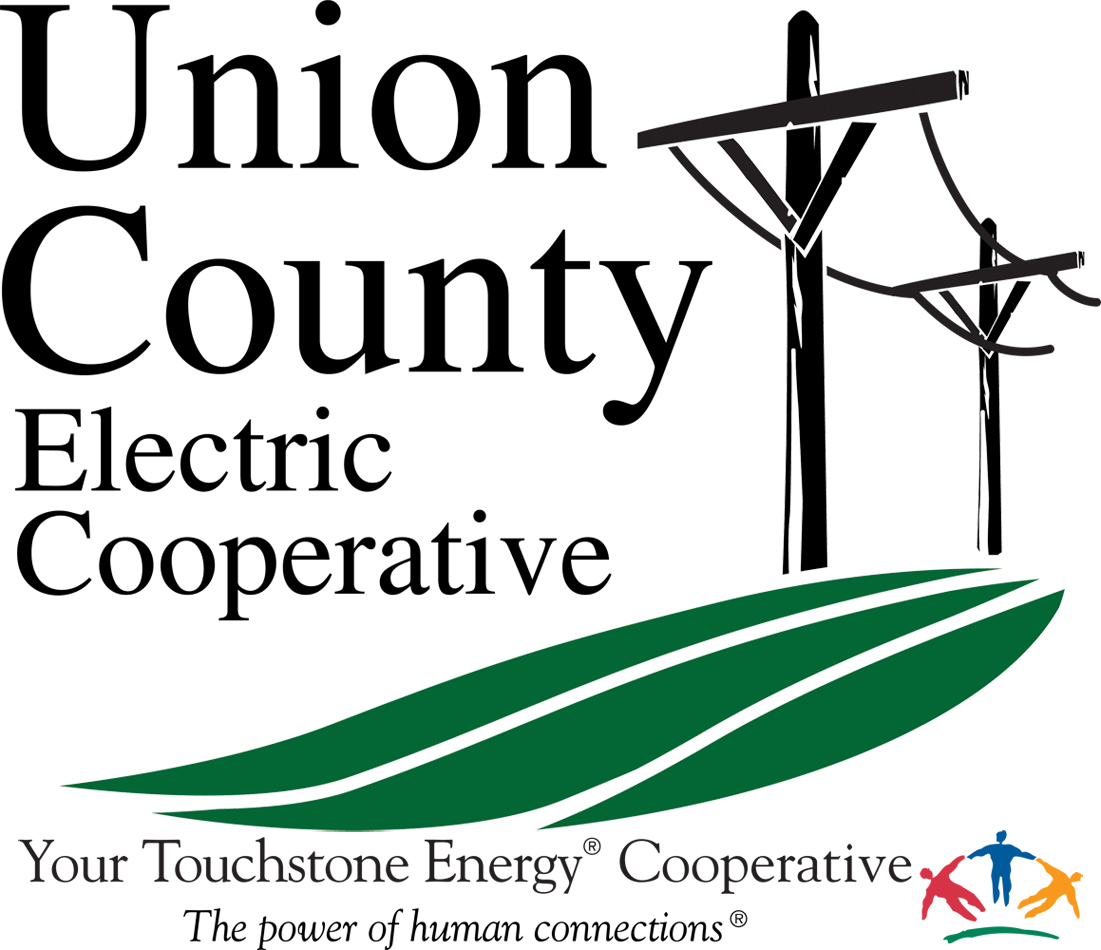Reliability is in Focus With our Grid Operators
I love a good road trip. There is just something about rolling down the road and seeing the various areas of the country with the radio playing your favorite toons. An opportunity arose in late August to join over 35 other Electric Cooperative leaders from South Dakota on a tour of the Southwest Power Pool (SPP) in Little Rock, Arkansas. So, I called up a couple of my Co-op Manager friends to hitch a ride on a 10-hour road trip. What can be more fun than a road trip, where all we do is talk about energy and look up the statistics on every power plant we pass?
You may ask what’s so important that people from South Dakota are driving to Arkansas. SPP is the Regional Transmission Operator (RTO) responsible for managing the electric grid and wholesale power market throughout a 13-state region that spans from the Canadian border to northern Texas. In essence, they are the air traffic controllers of the power grid for the region. With all the concerns, both regionally and nationally, surrounding power generation and rolling black outs, this was an important opportunity to meet face to face with those who oversee the electric grid in our region.
The generation, transmission, and delivery of electricity must happen in real-time. Supply and demand must be balanced to provide 24-hour continuous service that is safe, efficient, and affordable for cooperative members. When situations develop that threaten to throw the system out of equilibrium, RTOs must work in collaboration with electric utilities throughout the service area to keep the network stable.
While grid operators seldom attract much public attention, the polar vortex event that swept across the country in the winter of 2021, and ongoing reports of rolling blackouts in the mid-west have brought a closer spotlight on the grid operators. We’ve witnessed problems in the California market for years, where their demand outpaced the amount of generation that was available, causing citizens to curtail their electric usage.
The SPP operators have a big responsibility. During the February 2021 storm, there was a great risk of the system completely shutting down. Had SPP not been able to keep the grid balanced, it would have caused millions of dollars in damage across the region and caused outages that would have lasted weeks, if not months. It is imperative to maintain those open lines of communication and everyone being able to respond swiftly in an emergency.
For the SPP’s part, Vice President of Operations Lanny Nickell said the organization is still studying the impact of the 2021 storm. A task force was formed to determine necessary changes in the wake of the event and the group identified 22 high-level recommendations, all of them designed to prevent the necessity of having to “shed load,” or interrupt service. “It’s a difficult job, and we can’t do it alone,” Nickell said. “We have to make sure we’re coordinated and that we each do our fair share.”
There are a lot of moving parts to keeping your lights on 24 hours a day, especially under austere conditions. I am grateful to our hosts for their hospitality and for allowing us to tour their facilities and seeing first-hand how the Southwest Power Pool operates. Their senior staff took time out of their day to have a candid discussion with our group. Ultimately, coordination is key, and having personal interaction with the professionals at SPP helps in preparation for the next event.
Until next month, stay safe and God bless.
Quote of the Month: “Coming together is a beginning; keeping together is progress; working together is success” - Edward Everett Hale, Author / Historian
